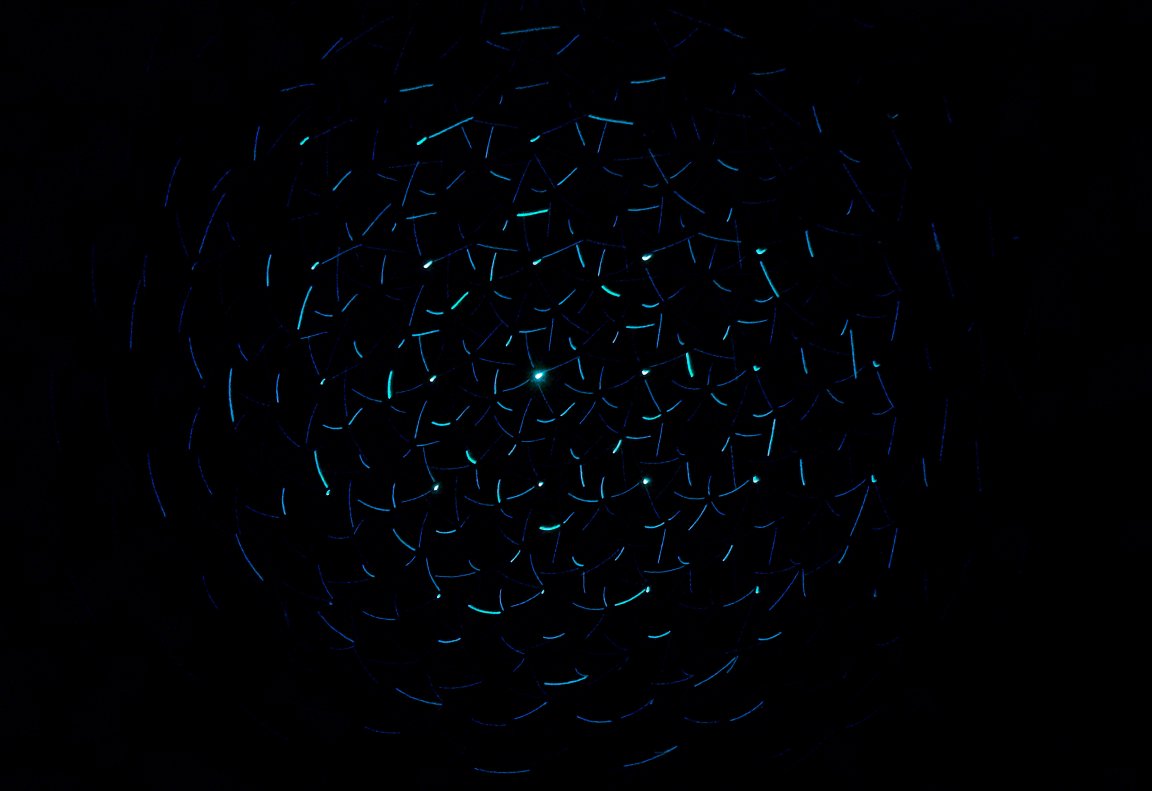
New Matter
Researchers at the University of Illinois have announced an exciting finding — the discovery of a new form of matter: excitonium. This material is made up of a kind of boson, a composite particle that could allow the matter to act as a superfluid, superconductor, or even as an insulating electronic crystal.
Physics professor Peter Abbamonte and his team worked together with colleagues at Illinois, University of California, Berkeley, and University of Amsterdam to prove once-and-for-all the existence of this strange and mysterious type of matter that was theorized more than 50 years ago. They described how they detected excitonium in the journal Science.
Excitonium is a condensate made up of excitons, which are what you get when you combine escaped electrons and the “holes” they left. This quirky quantum-mechanical pairing is possible because, in semiconductors, electrons on the edge of one energy level in an atom are able, when excited, to jump into the next energy level, leaving behind a “hole” in the previous level. This hole acts like a positively charged particle, attracting the negatively charged electron that escaped.

To prove the existence of excitons, this team studied crystals doped with dichalcogenide titanium diselenide (1T-TiSe2), a transition metal. They were even able to reproduce their results five separate times.
Quantum Mysteries
Until now, scientists had not had the experimental tools needed to distinguish with certainty whether they were detecting excitonium or another similar phase of matter. Using a novel technique, however, this research team was able to definitively measure, for the first time, the collective excitations of the low-energy bosonic particles, the paired electrons, and the holes, no matter what their momentum might be.
In other words, this was the first-ever observation of a soft plasmon phase that is the precursor to the exciton condensation.
“This result is of cosmic significance,” Abbamonte stated in a press release. “Ever since the term ‘excitonium’ was coined in the 1960s by Harvard theoretical physicist Bert Halperin, physicists have sought to demonstrate its existence. Theorists have debated whether it would be an insulator, a perfect conductor, or a superfluid — with some convincing arguments on all sides. Since the 1970s, many experimentalists have published evidence of the existence of excitonium, but their findings weren’t definitive proof and could equally have been explained by a conventional structural phase transition.”
Now that excitonium has been proven to exist and has been concretely observed in experimentation, its properties can be further explored and applied. Most obviously, as a superconductor and superfluid, this material could be used to further existing technologies.
Additionally, since analyzing quantum phenomena is what guides and shapes our understanding of quantum mechanics, this research could help to further de-mystify current quantum puzzles. These applications, especially those in practical technologies, are purely speculative at this point, however. It is impossible to exactly predict what the future might hold for excitonium, but we do know for certain that it has more potential now than it ever has before.